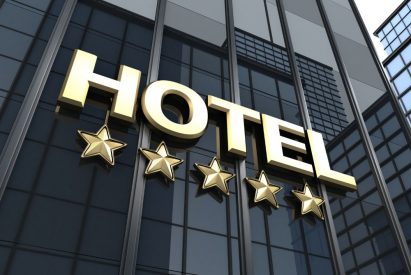“I am an accountant of the hotel chain in India. Our hotels provide short-term accommodation to our guests, but we also have apartments for long-term rentals to residents.
Short-term guests have the room, breakfast, cleaning and free entrance to the hotel pool in the price of the rental.
Long-term guests have only the room and pool, no cleaning and no food.
We also use a few rooms as hotel offices.
How can we classify the hotel with all three purposes: long-term stay, short-term stay and our offices? I think it is an investment property because we get the revenue from rental income, but what about the food, cleaning and own offices?”
IFRS Answer 025
Here, the hotel is used for two purposes:
- Administrative purposes – you are using a part of it for your own offices. Thus it indicates the hotel is property, plant and equipment under IAS 16.
- Rental purposes – you rent out the rooms to short-term guests and long-term guests. Thus it indicates the hotel is investment property under IAS 40. We will get back to this point a bit later.
”Split accounting” for property
The standard IAS 40 says that if you use a property for both “investment property uses” like rentals and “non-investment property uses” like own office use, and if you can sell or lease out the parts of the property, then you should account for these parts separately.
Let’s say you have a building with 2 000 square meters and you use 500 square meters as your own offices and rent out 1 500 square meters to tenants to earn rental income, then you should account for ¼ of the building under IAS 16 Property, plant and equipment and for ¾ of the building under IAS 40 Investment property.
It maybe seems complicated, but it does not need to be.
The reason is that under IAS 16 Property, plant and equipment you have 2 options:
- Either you apply the cost model ; or
- You apply the revaluation model.
Under IAS 40 Investment property, you also have 2 options:
- You can apply either fair value model or;
- Cost model as under IAS 16.
So, whatever you use your hotel for, you can simply apply cost model to both and you have no accounting complication here.
OK OK, I know.
Your management or owners want to apply fair value model to investment property, because the property prices in your area increase and they can show nicer profits from fair value increases.
This is true.
So in this case, you would have to split the area of the hotel.
However, let me come back to short-term rentals and long-term rentals.
Assess the ancillary services
The trouble is that you, the owner of the hotel, supply so-called ancillary services to your clients.
What are these services?
Food, daily cleaning, change of towels, etc. provided to your short-term guests.
When someone books a room for 1-2 nights, all these services are included in the price.
The standard IAS 40 says that if you provide ancillary services to the tenants, then you classify the property based on the extent of these services:
- If they are insignificant to the contract as a whole, then the property is an investment property under IAS 40.
For example, maintenance or security services are seen as insignificant.
- If you provide significant ancillary services, then the property is not an investment property under IAS 40, but the property, plant and equipment under IAS 16.
For example, food and daily cleaning services are significant to the arrangement as a whole.
Thus, how to classify the hotel from today’s question?
- A part used for own offices is a part used for admin purposes and that’s the property, plant and equipment (IAS 16);
- A part used for long-term rentals with insignificant ancillary services like security is still used for rentals to others and thus it’s an investment property under IAS 40,
- A part used for short-term overnight stays with signifincat ancillary services like food and daily cleaning cannot be classified as investment property under IAS 40, so it is a property, plant and equipment under IAS 16.
Any questions? Please leave me a comment below, thank you!
